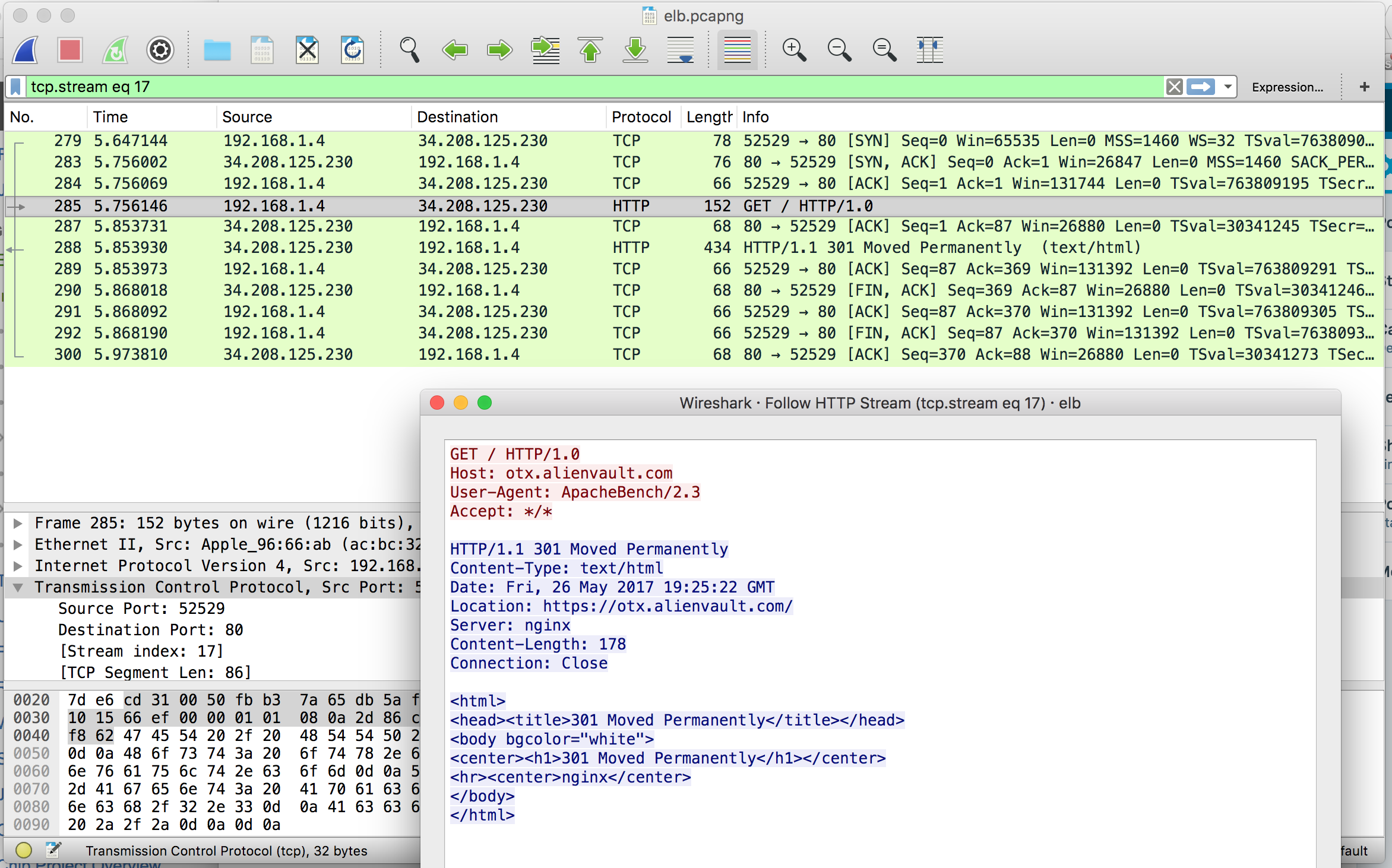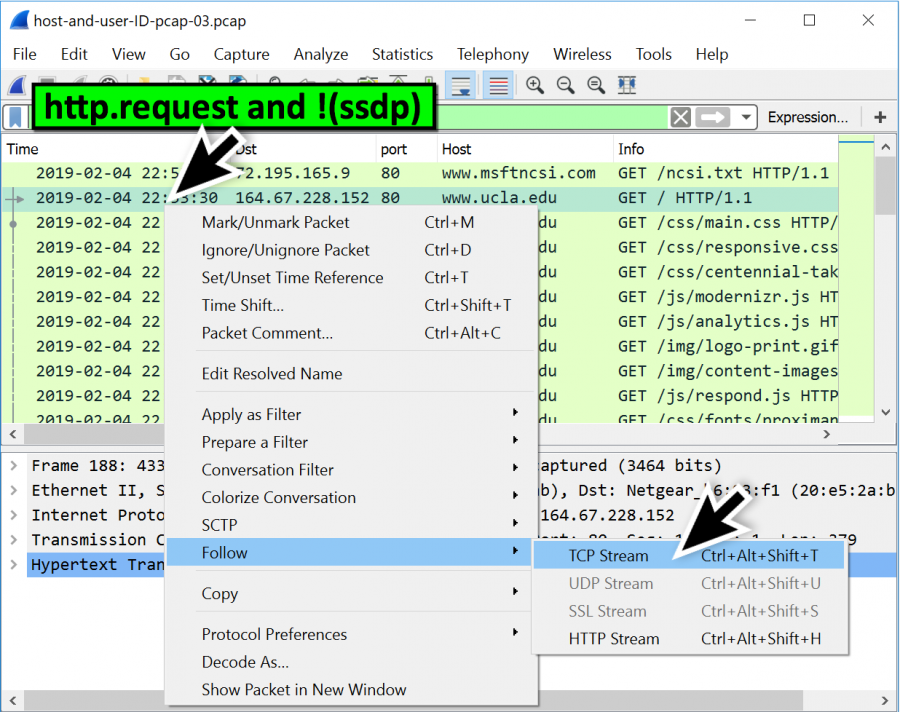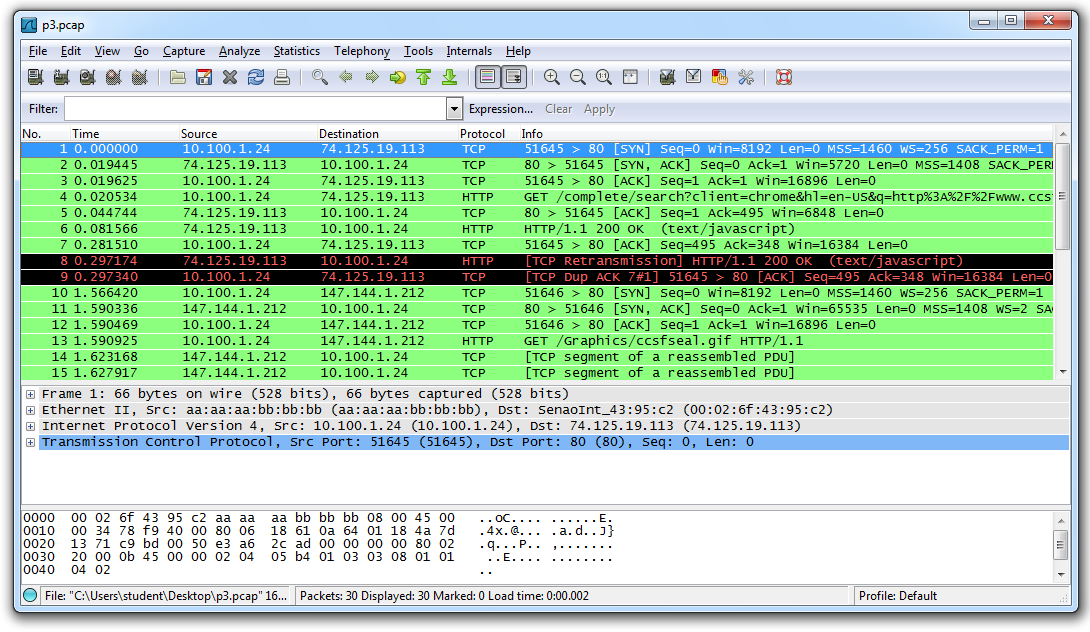

A packet sniffer captures packets and presents them in a way that’s easy to understand. To capture PCAP files you need to use a packet sniffer. For example, if a source is sending the network lots of malicious traffic, you can identify that on the software agent and then take action to remediate the attack. Some of the most common include monitoring bandwidth usage, identifying rogue DHCP servers, detecting malware, DNS resolution, and incident response.įor network administrators and security researchers, packet file analysis is a good way to detect network intrusions and other suspicious activity.

There are many reasons why PCAP is used to monitor networks. Packet collection tools like Wireshark allow you to collect network traffic and translate it into a format that’s human-readable. PCAP is a valuable resource for file analysis and to monitor your network traffic. Related post: The OSI model explained Why do I need to use PCAP? In this article, we’re going to look at what PCAP is, and how it works. pcapfile by using a network analyzer or packet sniffing tool like Wireshark or tcpdump. If you want to record network traffic then you need to create a. These PCAP files can be used to view TCP/IP and UDP network packets. PCAP comes in a range of formats including Libpcap, WinPcap, and PCAPng. pcap files to collect and record packet data from a network. This is a better solution than using MMA.Packet Capture or PCAP (also known as libpcap) is an application programming interface (API) that captures live network packet data from OSI model Layers 2-7. It works great: etl2pcapng.exe c:\MYCAP1.etl c:\MCAPCONVERT.pcapng There’s now a free tool that will convert these ETL files to PCAPNG files. Go to File, Save As, All Messages, Export to export it as a CAP This ETL file is converted using Microsoft Message Analyzer:Ģ. You can obviously change the capture name and location if you want. The default maxSize is 250MB but it can be changed. The ETL file can be sent to anyone to convert it to a PCAP file for Wireshark viewing. Netsh trace start capture=yes IPv4.Address=X.X.X.X overwrite=no maxSize=500 tracefile=c:\MYCAP1.etl Or you can add an IP Address you want to target:


If you ever need to do a packet capture on a Windows PC/Server and you don’t have or can’t install Wireshark, you can run this Windows command: netsh trace start capture=yes overwrite=no maxSize=500 tracefile=c:\MYCAP1.etl Set a size and rotate the log files: tcpdump –nni -C -W -v –w Įxample for us using 1G of space (you can adjust it) and timestamp the output cap file: tcpdump -nni eth0 -v -C 1000 -W 10 -w ~/"oncore-prod_`date '+%Y-%m-%d_%H:%M:%S'`.pcap" :space after date


 0 kommentar(er)
0 kommentar(er)
